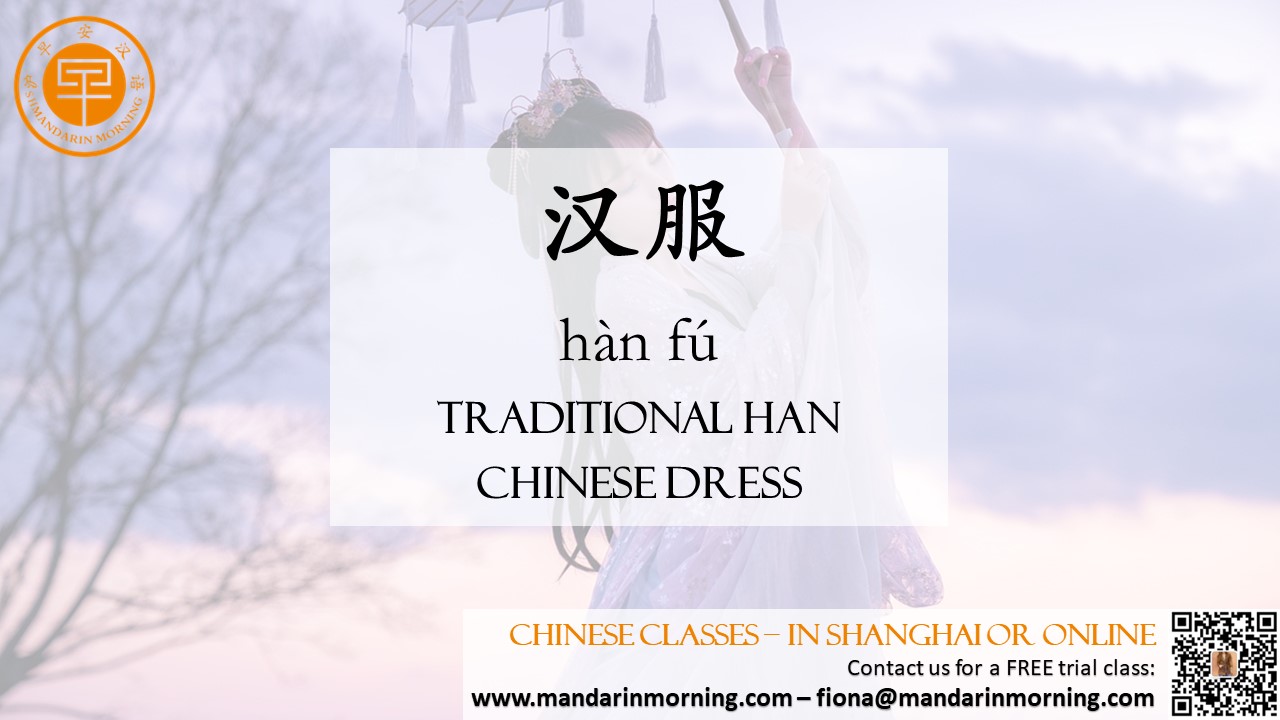【Learn Chinese】An Introduction to Traditional Chinese Clothing (Part 1) |
What comes to mind when you think of traditional Chinese clothing? In this article, we are going to explore the different styles of clothing that have existed throughout each of China’s major dynasties: Han and Tang dynasty. Han dynasty The Han dynasty (206 BCE-220 CE) was China’s second imperial dynasty and was an age of economic prosperity. It is regarded as one of the most powerful and influential dynasties in Chinese history. Even today when people think of the Chinese, they usually think of the Han people. The Han (汉族 hànzú) are the dominant ethnic group in China, and consequently Chinese characters are referred to as Han characters (汉字 hànzì). Likewise, the Mandarin language is called the Han language (汉语 hànyǔ) and traditional Chinese clothing is called Han clothing (汉服 hànfú). During the Han dynasty, clothing designs and styles were more or less the same for men and women. To distinguish between the genders, different colors, fabrics and ornaments were used. This era was known for its “dark style,” which utilized black and red colored fabrics. Characteristics of Han clothing include very wide sleeves and a loose layered look, with clothes usually consisting of two or three garments, mainly a loose open cross-collar garment, a long wrap skirt and an open cross-collar robe used as the outer garment and wrapped around the waist. There were two main types of robes: the curved hem robe (曲裾袍 qūjūpáo) and the straight hem robe (直裾袍 zhíjūpáo). Women also had the additional option of wearing a 襦裙 (rúqún) – a cross-collar wrap shirt paired with a long skirt. Tang dynasty The Tang dynasty (618-907 CE) is usually regarded as one of the most prosperous and culturally significant times in Chinese history. Thanks to booming international trade with neighbouring countries via the Silk Road, Indian, Persian and even western culture was integrated into Chinese culture. As more fabrics and new dyes were introduced from neighbouring countries, the perfect opportunity was created to facilitate a change in traditional fashion. Tang fashions were very colorful, and people put a lot of thought into their outfits. The main materials used were wool, linen and silk, with the latter signifying high status. Silk was exclusively reserved for the noble class due to its price. Gold and yellow were the exclusive colors of the emperor and royal family, and gradually evolved into symbols of imperial power. Other colors could be freely used by all social classes. In general, women often wore long sleeved shirts with wide sleeves and collars that showed their cleavage. These shirts, which were considered quite revealing and daring in comparison to previous dynastic fashion trends, were tucked into long flowing skirts decorated with geometric patterns and secured by a sash tied around the chest. Makeup during this era was also quite daring, with drawn-on eyebrows, lead face powder to create the illusion of very white skin, and flower-like patterns painted between the brows. Men’s clothing was a continuation of the styles seen in the Han dynasty, but with more options. Daily outfits consisted of solid-colored robes with rounded collars, usually accompanied with leather belts and boots. |